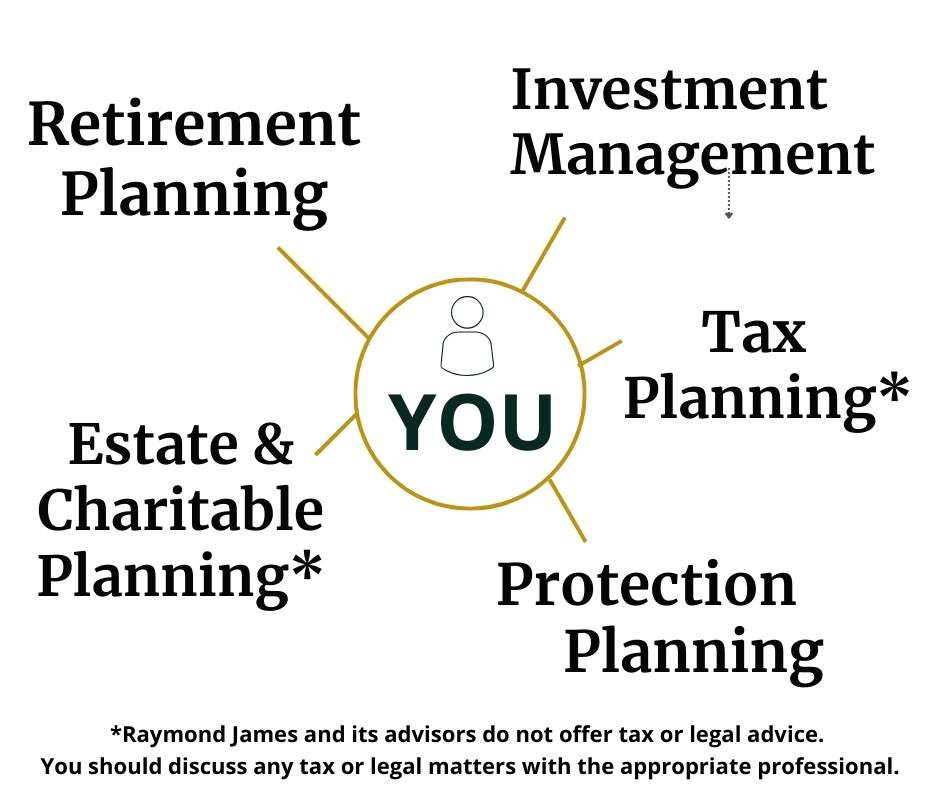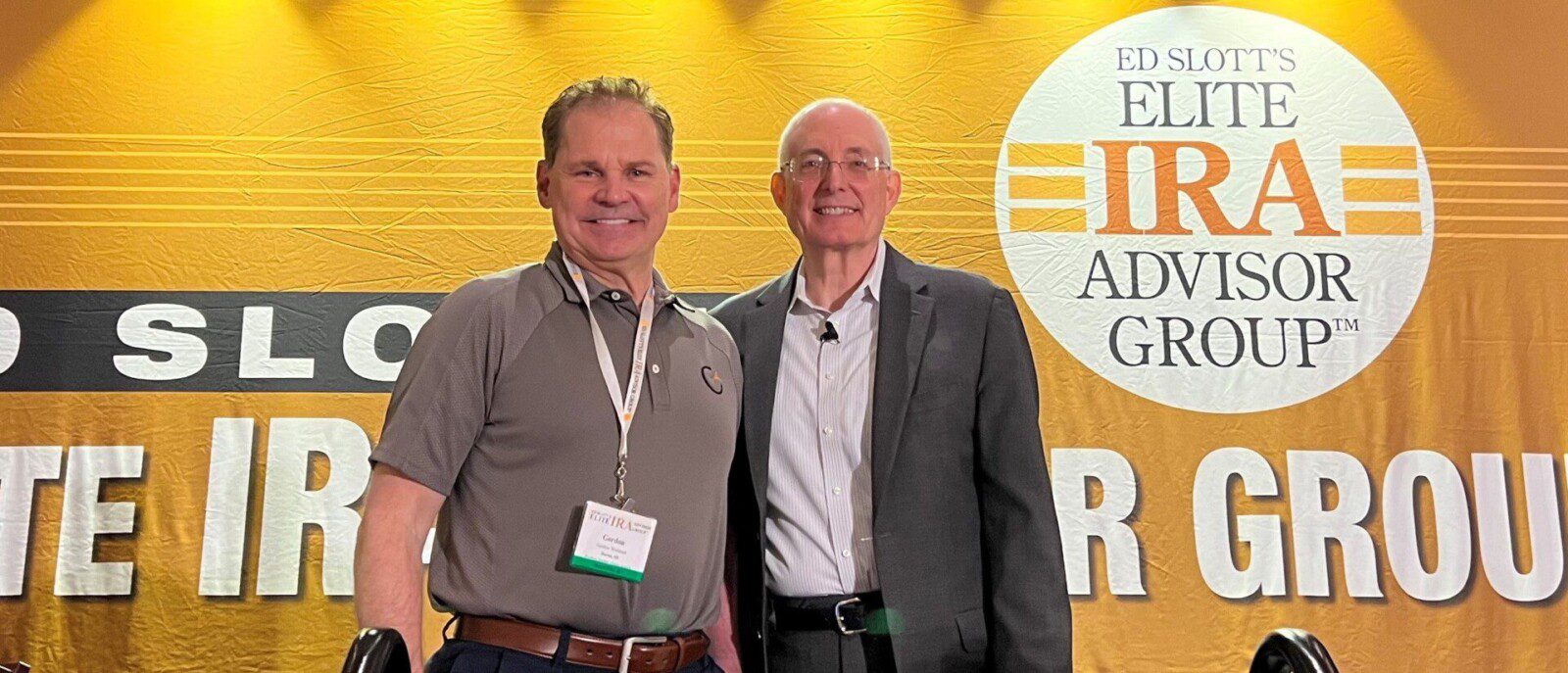Time is Running Out for 2023 QCDs
Time is Running Out for 2023 QCDs
Cornerstone is pleased to bring you this article by Ed Slott and Company, LLC, an organization providing IRA education and analysis to financial advisors, institutions, consumers, and media across the country. Our association with this organization helps us stay up to date on the latest developments in IRA and tax law. As always, give us a call if you’d like to discuss!
If done correctly, a QCD can satisfy your required minimum distribution (RMD) for the year and help reduce your income taxes
If you are charitably inclined and have an IRA, you might want to consider doing a Qualified Charitable Distribution (QCD) for 2023. If done correctly, a QCD can satisfy your required minimum distribution (RMD) for the year and help reduce your income taxes. The deadline for a 2023 QCD is fast approaching – December 31, 2023. Many custodians have even earlier cutoffs. Don’t miss out on this valuable tax break. Here is what you need to know.
- You must be age 70 ½.
IRA owners who are age 70½ and over are eligible to do a QCD. This is more complicated than it might sound. A QCD is only allowed if the distribution is made on or after the date you actually attain age 70 ½. It is not sufficient that you will turn 70 ½ later in the year.
- You can be a beneficiary and do a QCD.
QCDs are not limited to IRA owners. An IRA beneficiary may also do a QCD. All the same rules apply, including the requirement that the beneficiary must be age 70 ½ or older at the time the QCD is done.
- QCDs are only allowed from IRAs.
You may take QCDs from your taxable IRAs funds. QCDs are also permitted from SEP and SIMPLE IRAs that are not ongoing. An ongoing SEP and SIMPLE plan is defined as one where an employer contribution is made for the plan year ending with or within the calendar year in which the charitable contribution would be made. QCDs are not available from an employer plan.
- There is a $100,000 annual limit for 2023.
QCDs are capped at $100,000 per person, for 2023. For a married couple where each spouse has their own IRA, each spouse can contribute up to $100,000 from their own account.
- You can satisfy your RMD with a QCD.
A QCD can satisfy your required minimum distribution (RMD) for the year. A QCD can be more than the RMD amount for the year as long as it does not exceed the $100,000 annual limit.
- Only taxable IRA funds are eligible.
QCDs apply only to taxable amounts. No basis (nondeductible IRA contributions or after-tax rollover funds) can be transferred to charity as a QCD. QCDs are an exception to the pro-rata rule which usually applies to IRA distributions.
- You must do a direct transfer.
If you want to do a QCD, you must make a direct IRA transfer from the IRA to the charity. If a check that is payable to a charity is sent to you for delivery to the charity, it will qualify as a direct payment.
- New rules allow QCDs to split interest entities.
A QCD can be made to a charity which is eligible to receive tax-deductible charitable contributions under IRS rules. The QCD rules are not available for gifts made to grant-making foundations or donor-advised funds. The contribution to the charity would have had to be entirely deductible if it were not made from an IRA. A taxpayer does not have to itemize deductions, but the gift to the charity still has to meet all of the deductibility rules.
New rules for 2023 allow a QCD to a split interest entity such as a charitable gift annuity. This can only be done in one year of your lifetime and is limited to $50,000 for 2023.
- The charitable substantiation requirements apply.
You should have documentation to substantiate the donation (something in writing from the charity showing the date and amount of the contribution and a statement that you received nothing of value in return).
- You must report the QCD on your tax return.
The IRA custodian will not be separately reporting the QCD. There is no code or box on the 1099-R to identify the QCD. It will be up to you to let the IRS know about the contribution by including certain information on your tax return.

Are you aware of – and taking advantage of – every opportunity to reduce your tax burden?
By coordinating all five areas of wealth management, a Cornerstone Plan gives you the confidence to achieve the dreams calling to you. We would be honored to help you with:
- Retirement Planning, including 401k analysis
- Tax Strategies, including tax planning for business owners
- Investment & Portfolio Management
- Estate planning, including business succession & exit strategies
- Insurance Planning
Get #CornerstoneConfident – book a financial planning strategy appointment today by calling 605-357-8553.
Membership in Ed Slott’s Elite IRA Advisor Group™ is one of the tools our advisors use to help you avoid unnecessary taxes and fees on your retirement dollars. Gordon attends in-depth technical training on advanced retirement account planning strategies and estate planning techniques. And semiannual workshops analyzing the most recent tax law changes, case studies, private letter rulings, Congressional action and Supreme Court rulings help keep attendees on the cutting-edge of retirement, tax law and IRA distribution planning. Through his membership, Gordon is immediately notified of changes to the tax code and updates on retirement planning, and he has 24/7 access to Ed Slott and Company LLC to confer with on complex cases.
This information, developed by an independent third party, has been obtained from sources considered to be reliable, but Raymond James Financial Services, Inc. does not guarantee that the foregoing material is accurate or complete. Changes in tax laws or regulations may occur at any time and could substantially impact your situation. Raymond James and its advisors do not offer tax or legal advice. You should discuss any tax or legal matters with the appropriate professional.
Copyright ©2023, Ed Slott and Company, LLC Reprinted from The Slott Report, December 13, 2023 with permission. Author: By Sarah Brenner, JD, Director of Retirement Education, Ed Slott & Company. https://www.irahelp.com/slottreport/time-running-out-2023-qcds. Ed Slott and Company, LLC takes no responsibility for the current accuracy of this article. Raymond James is not affiliated and does not endorse Ed Slott and Company, LLC, The Slott Report, The Elite Advisor Group™, or Sarah Brenner, JD.
CSP #361807 Exp 12.15.24










